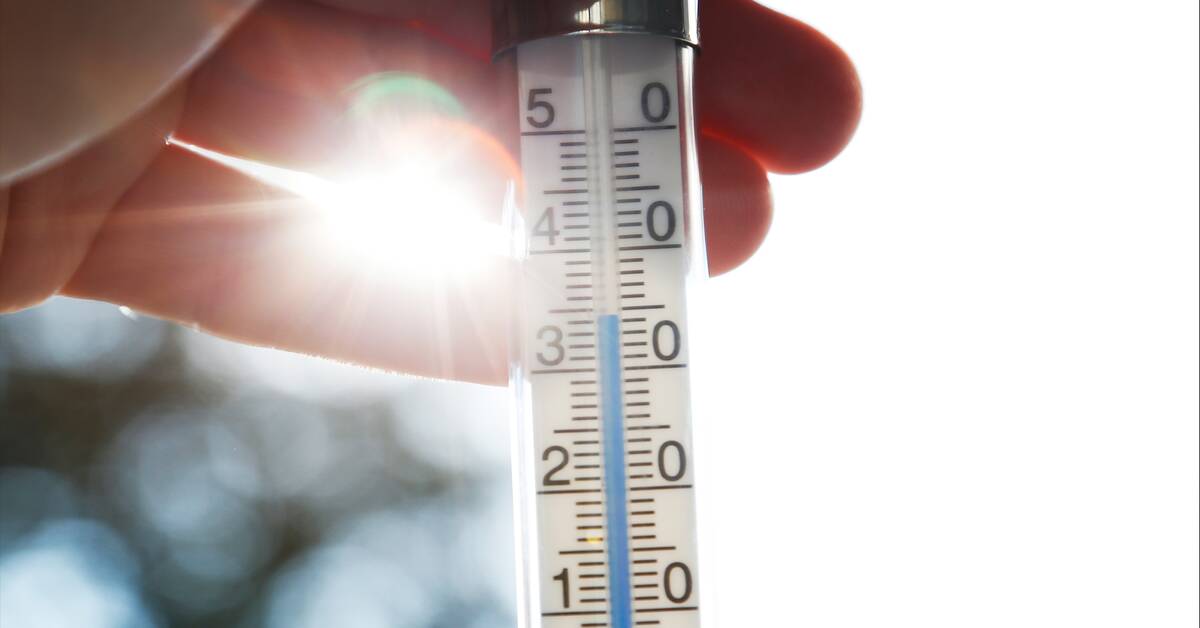In the Paris Agreement of 2015, most of the world's countries agreed to keep the increase in global average temperature well below 2 degrees, and preferably below 1.5 degrees, compared to pre-industrial times.
WMO further says that there is a 93% risk that at least one year between 2022 and 2026 will be the warmest that has ever been measured and picks 2016 from the top ranking.
The probability that the five-year average for 2022–2026 will be higher than in the last five years (2017–2021) is also estimated at 93 percent.
Increasing frequency
1.5 degrees is not a random statistic.
It is rather an indicator of when the climate impact will be increasingly harmful to humans and in fact the entire planet ", says WMO chief Petteri Taalas in a comment.
The Paris Agreement's level of 1.5 degrees is aimed at long-term warming, but temporary overruns are expected to occur with increasing frequency as global temperatures rise.
"A single year exceeding 1.5 degrees does not mean that we have violated the threshold of the Paris Agreement, but it does reveal that we are approaching a situation where 1.5 degrees can be exceeded over a longer period," says report author Leon Hermanson, from the British meteorological authority Met.
Let Niña cool down
The global average temperature in 2021 was about 1.11 degrees above pre-industrial levels, according to preliminary WMO figures.
The report says that two years in a row with the weather phenomenon La Niña, with cooler temperatures and more rain over Southeast Asia and Australia, among others, has had a cooling effect on global temperatures.

